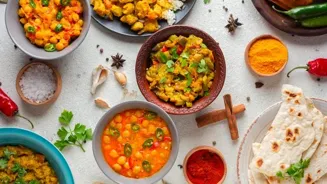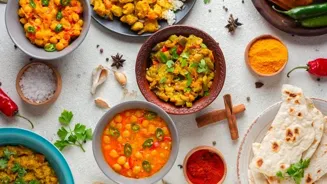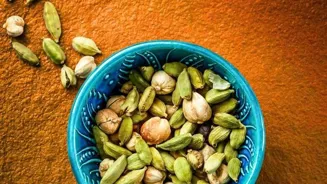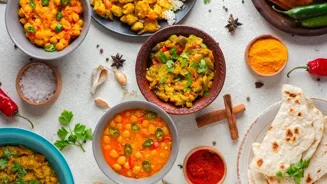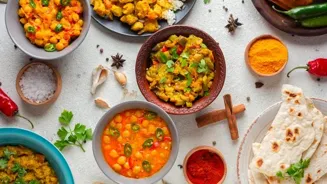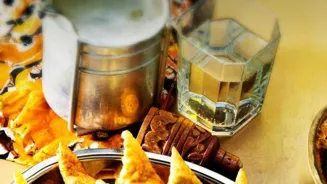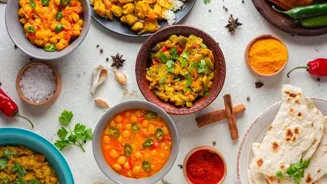Unraveling the Intriguing History of Curry: From Colonialism to Cultural Fusion. Explore the journey from India to Britain
The aroma of spices, the vibrant colours, and the explosion of flavours – these
are the hallmarks of curry, a dish that is synonymous with Indian cuisine worldwide. But the story of curry is far more complex than a simple Indian dish.
It’s a tale of cultural exchange, colonial influence, and culinary adaptation that has resulted in the beloved dish we know today.
Many believe curry originated in India and travelled to the west and now exists as a common recipe but the truth about this flavorful dish is far more interesting and is a result of colonialism.
Evolution of curry reflects India-Britain colonial ties
The journey of curry reflects the changing relationship between India and Britain through colonialism and trade. What the British considered curry during that time was far from what it is known today.
Britishers adopted Indian curry as dish they love to cook
The word "curry" itself is a testament to this cultural exchange. While many believe that this has Indian roots but it is believed to be of British origin: derived from the Tamil word "kari, meaning "sauce," or "relish for rice.
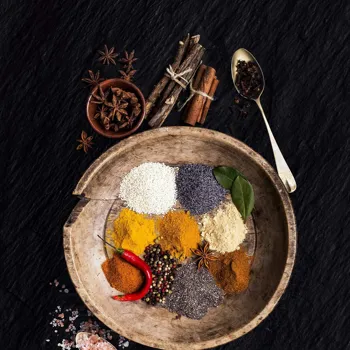
" This is not the full truth because while the origin of the word is from India, it has been widely used by the Britishers.
The East India Company, seeking to simplify and categorize the diverse range of Indian dishes, grouped all saucy preparations flavored with spices under this one umbrella term of curry. It's more of a blanket term to recognize the unique food preparation style.
The britishers were deeply fascinated by the Indian spices and their cooking style and wanted to explore more of this which resulted in adopting a new cooking technique of 'curry'.
What started as a method of categorizing Indian food by the Britishers eventually became a dish that the britishers themselves love to cook.
British Raj led to Anglicized curry, blending Indian & British cuisines
During the British Raj, curry underwent a significant transformation. British cooks, away from home and missing familiar flavors, began to recreate Indian dishes using available ingredients.
This often meant substituting traditional Indian spices with milder alternatives and simplifying the cooking process. These changes were born from a desire to replicate a distant cuisine using familiar methods and ingredients.
They replaced the original ingredients with alternatives and altered the cooking process to what they were familiar with. This Anglicized version of curry became popular in Britain, served in restaurants and even finding its way into British homes.
This opened a gateway for the development a version of 'curry', which became the bridge between two separate food cultures.
British curry powder simplifies Indian flavors for home cooks
The popularity of curry in Britain also led to the development of curry powder, a pre-mixed blend of spices designed to mimic the taste of Indian curries. This shortcut allowed home cooks to easily create a curry-like dish without having to source and blend individual spices.
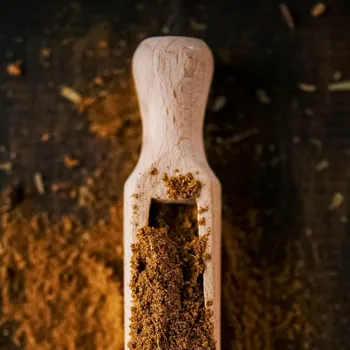
The rise of curry powder illustrates the commercialization of Indian flavors and the simplification of complex cooking techniques. These powders provided a convenient, albeit less authentic, way to experience the taste of Indian food at home.
Today there are various brands of these powders that are available.
Curry evolved globally from Indian cuisine with colonial influence, blending local spices
However, curry also underwent a transformation in India. As Indians travelled to other parts of the world during the colonial era, they bought their local spices with them to cook with.
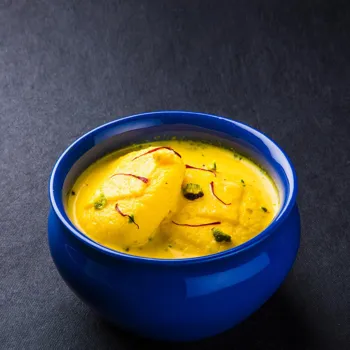
This resulted in restaurants abroad replicating Indian recipes using the same ingredients found in India, rather than finding local alternatives.
The new 'curry' dish, also became integrated with Indian cooking styles that have been developing over centuries and the final product became the dish that is loved and commonly known as 'curry' today.
The integration of these spices into India then became known as just another food preparation style in Indian cuisine.
Curry's global journey showcases cultural diversity and culinary adaptability
Today, curry exists in many forms, each reflecting its unique history and cultural context. In Britain, curry remains a popular dish, often served with rice and naan bread. In India, curry is a staple food, with countless regional variations and family recipes.

From the mildest korma to the spiciest vindaloo, the diversity of curry is a testament to its adaptability and global appeal. The history of curry is a delicious reminder of the interconnectedness of cultures and the power of food to shape identities.
It reminds us that food is not just about sustenance, but also about history, culture, and connection.
AI Generated Content. Glance/InMobi shall have no liability for the content
